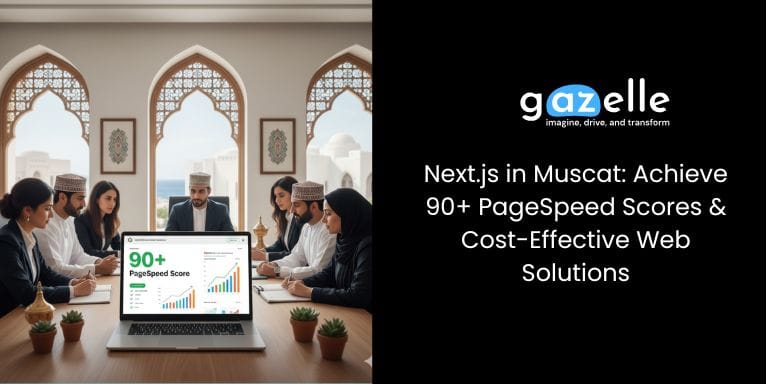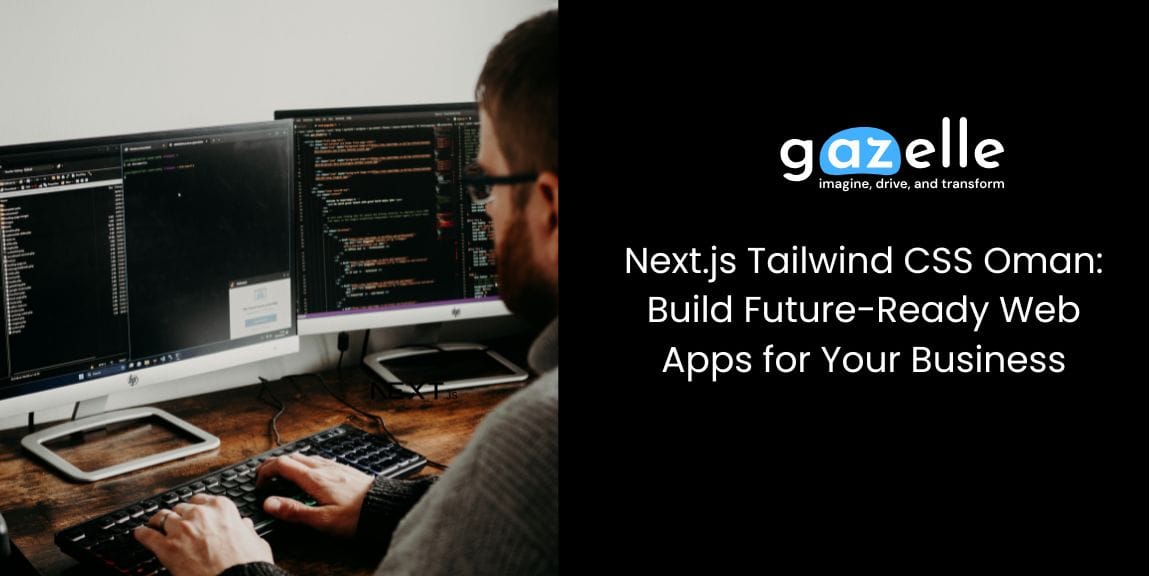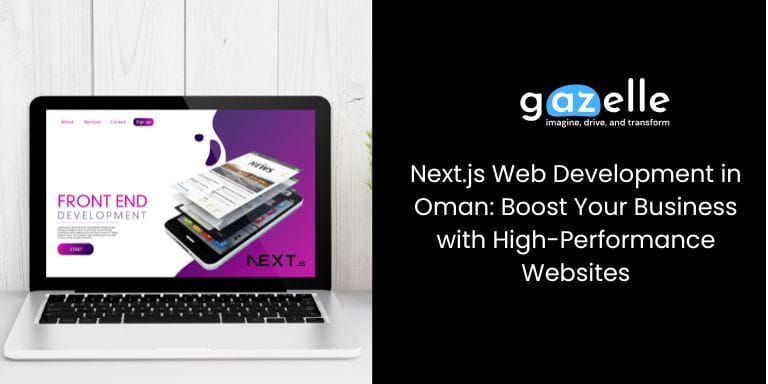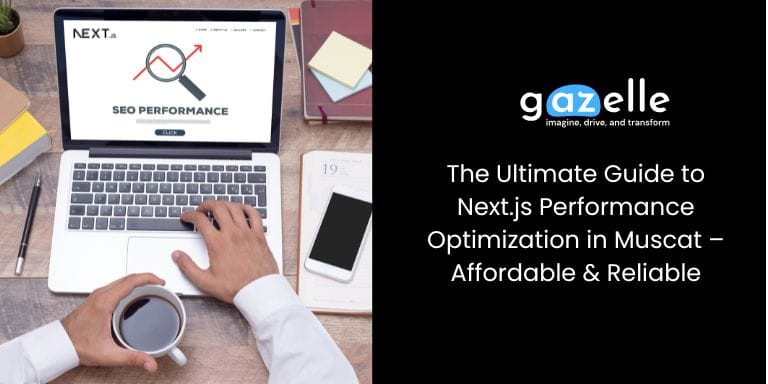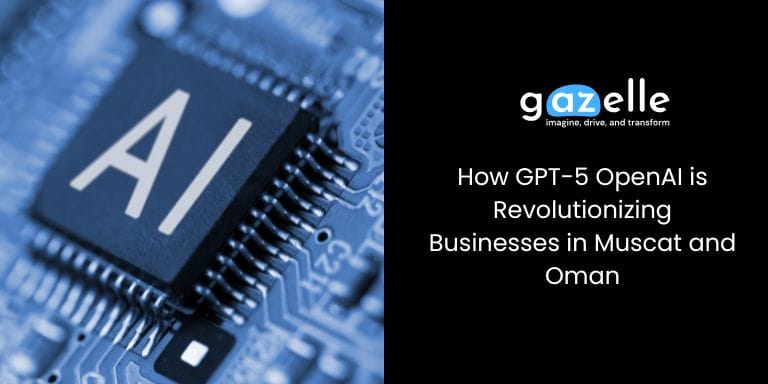Next.js in Muscat is revolutionizing the digital landscape for businesses across Oman. Companies are no longer judged solely on their physical presence but on the speed, reliability, and performance of their online storefronts. In this highly competitive market, being fast is essential, and being cost-effective is the key to sustainable growth.
This is why the Next.js framework has become the top choice for Oman web development, powering websites to achieve record-breaking 90+ PageSpeed scores and delivering superior return on investment.
Why Speed Is the New Currency for Muscat Businesses
A slow-loading website in Muscat isn’t just an annoyance; it’s a direct financial drain. In a region where mobile-first consumption is dominant, every millisecond counts. Google has made it crystal clear through its focus on Core Web Vitals that user experience is paramount. Achieving high performance is crucial for any business using Next.js in Muscat.
Understanding the Metrics that Matter
A 90+ PageSpeed score is not arbitrary; it represents mastery over three critical performance metrics:
- Largest Contentful Paint (LCP): Measures the time it takes for the largest element on the screen (like a main image or block of text) to load. A fast LCP (under 2.5 seconds) is crucial for keeping users engaged.
- First Input Delay (FID) / Interaction to Next Paint (INP): Measures the responsiveness and interactivity of your page. If a user clicks a button, the page must respond instantly. Next.js excels here by minimizing the execution of heavy JavaScript.
- Cumulative Layout Shift (CLS): Measures the visual stability of the page. No one likes when text jumps around as late-loading ads or images push content. Next.js’s inherent structure largely prevents this.
By consistently achieving excellence in these Core Web Vitals, a Next.js site directly benefits from higher search engine rankings, lower bounce rates, and significantly higher conversion rates—making the technology the wisest affordable web solution available. If you’re serious about performance, prioritizing Next.js optimization in the context of Oman web development is non-negotiable.
The Next.js Advantage: Engineering for 90+ PageSpeed Scores
How does Next.js deliver these elite scores where traditional CMS or monolithic frameworks fail? The answer lies in its modern, intelligent rendering architecture, making it the ideal Next.js optimization platform. For companies prioritizing Next.js in Muscat, this architectural advantage is the greatest selling point.
Static and Server-Side Power
Next.js offers a range of rendering options far superior to standard client-side rendering (CSR):
- Static Site Generation (SSG): This is the ultimate speed booster. Next.js can pre-render entire pages into simple HTML files during the build process. These files are served instantly from a Content Delivery Network (CDN), resulting in near-zero load times. This method is perfect for landing pages, blogs, and marketing sites—delivering guaranteed top-tier performance for every business operating Next.js in Muscat.
- Server-Side Rendering (SSR): For dynamic pages requiring real-time data (like an e-commerce checkout), SSR renders the HTML on the server for each request. This means the user’s browser receives the full page immediately, ensuring a much faster LCP than traditional single-page applications.
Inbuilt Performance Features
Beyond rendering, Next.js includes native optimizations that eliminate common speed bottlenecks:
- Automatic Image Optimization: The built-in
<Image>component automatically resizes, optimizes, and serves images in next-gen formats (like WebP) based on the user’s device and viewport. This single feature eliminates the largest drag on most websites and is a cornerstone of Next.js optimization. - Smart Code Splitting: The framework automatically breaks down your code into tiny bundles. When a user lands on a page, they only download the JavaScript necessary for that page, keeping the initial payload small and fast.
- Route Prefetching: Next.js smartly pre-fetches the necessary code for linked pages in the background before the user clicks, making navigation between pages feel instantaneous.
These integrated features translate directly into superior performance metrics without the need for complex, manual optimization workflows required by older technologies. This is why Next.js in Muscat is quickly becoming the standard for high-performance websites. Understanding the nuances of these performance boosters is key to successful website optimization. If you’re interested in a deeper dive into improving your current performance metrics, check out our guide on website optimization best practices.
Cost-Effective Websites: The Hidden Value of Choosing Next.js
While the initial development cost for a modern Next.js application might appear comparable to a traditional solution, the long-term savings and efficiency gains cement its reputation as a cost-effective website solution. The choice to implement Next.js in Muscat is an investment in long-term financial stability.
Reduced Infrastructure Costs and Scaling
By leaning heavily on SSG, Next.js sites use very little server processing power. Static files can be hosted affordably on CDNs (like Vercel, which is optimized for Next.js). This means your infrastructure is streamlined, highly scalable, and significantly cheaper to maintain than reliance on heavy, constantly running application servers. Lower operating expenses mean better budget control for businesses in Muscat. Furthermore, the architecture’s ability to handle high traffic spikes effortlessly makes it a robust option. For example, deploying through high-availability infrastructure, such as certain German providers (like Bitzburg), can complement the static nature of a Next.js site, providing global redundancy and stability.
Faster Time-to-Market and Development Efficiency
The developer experience with Next.js is superb, with clear conventions and powerful tools. This efficiency allows development teams in Muscat to build, test, and deploy features faster. A reduced development lifecycle means a quicker time-to-market (TTM), allowing businesses to start generating revenue sooner. The strong ecosystem surrounding Next.js in Muscat ensures that skilled local developers can deliver projects efficiently.
Future-Proofing and Maintenance
The modular, component-based structure of Next.js makes the code clean, maintainable, and highly scalable. Updates and new feature additions are smoother and less prone to introducing bugs, dramatically lowering long-term maintenance costs. Investing in Next.js in Muscat is investing in an application that won’t require a costly, full-scale rebuild every few years. This long-term stability is arguably the most valuable aspect of its cost-effective website proposition. It truly delivers an affordable web solution built to last.
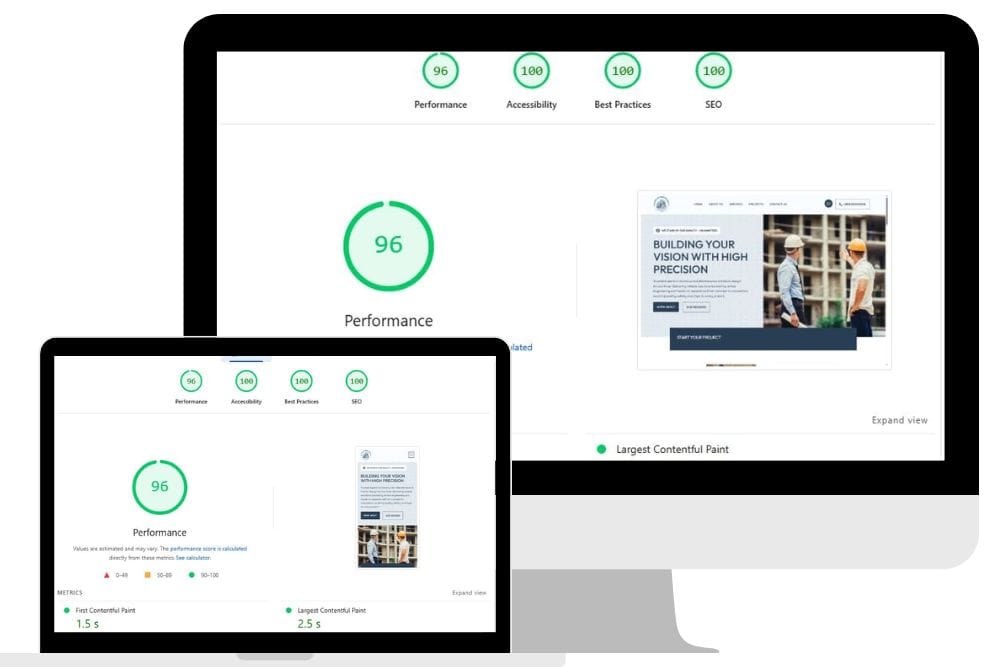
Next.js in Muscat: Bridging Tradition and Technology
For companies across Muscat, adopting Next.js is more than a technological choice—it’s a business strategy. It allows local enterprises to project a modern, high-performance image on the global stage while operating with the efficiency and value expected in the local economy.
By seeking out affordable web solutions built on this framework, businesses secure a future where their website is an asset, not a burden. A website powered by Next.js in Muscat is fast, secure, affordable to scale, and built to dominate search engine results with its guaranteed 90+ PageSpeed scores.A website powered by Next.js is fast, secure, affordable to scale, and built to dominate search engine results with its guaranteed 90+ PageSpeed scores.
